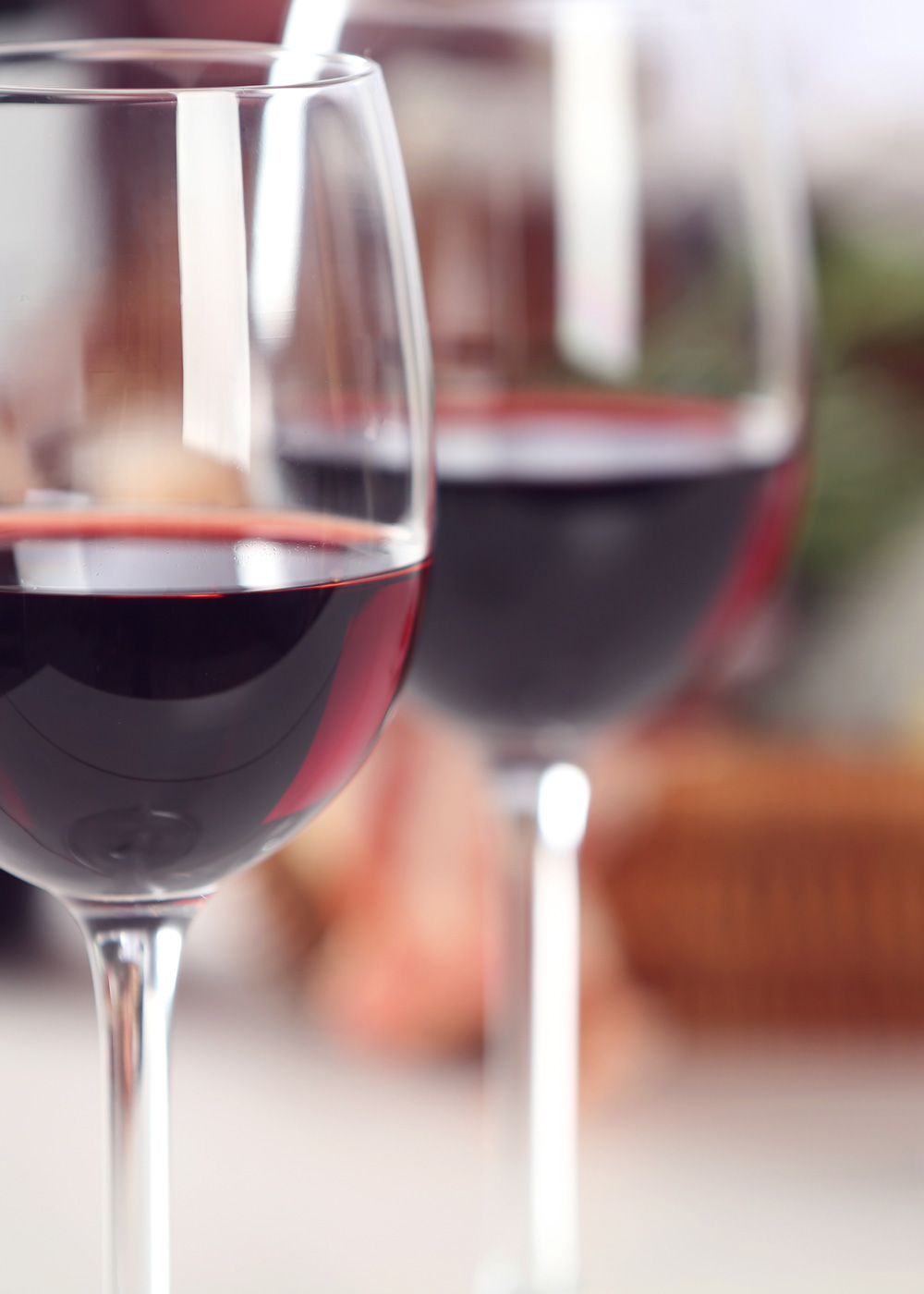While trends change over the course of time, appreciating the fine wines of Bordeaux will never be unfashionable. Bordeaux is the home of noble grapes like Cabernet Sauvignon and Merlot, as well as the place from which many New World producers have continually drawn their inspiration. Let’s explore this essential wine region together.
Five Important Red Wine Grapes
Wine producers in Bordeaux have practiced a long tradition of blending grapes. By doing this, they have more control over the variations in weather that may affect the growing season. Cabernet Sauvignon, Merlot, Petit Verdot, Cabernet Franc, and Malbec are the five most important grapes used in the production of Bordeaux’s red wines. Each grape brings different qualities to a wine, and blends can vary significantly – depending on which part of Bordeaux they come from.

The “Left Bank”
The Gironde estuary flows south from the Atlantic Ocean through Bordeaux, splitting into two rivers – the Garonne continues to the south and the Dordogne to the southeast. The western side of the Gironde is the Médoc, or “Left Bank”, and this is where four famous communes are located. From north to south, they are Saint-Estéphe, Pauillac, Saint-Julien, and Margaux. Wines from these communes are based on Cabernet Sauvignon, whose firm tannins are softened by blending in Merlot. A small amount of Petit Verdot is often added for deeper color and aromatic complexity, and some Châteaux may include Cabernet Franc and/or Malbec, depending on the year. Some of the best wines command premium prices and are known for their balance, structure, and longevity. However, many fine examples are also quite affordable if you’re willing to seek them out.
Graves and Pessac-Léognan
To the south, Graves is an extension of the Left Bank and named after the gravel stones which are a local geographical feature. Red wines from here, like their northern peers, usually utilize Cabernet Sauvignon as the primary grape. Within Graves, the appellation of Pessac-Léognan is home to many excellent producers, some known to rival the finest wines of the Médoc.

The “Right Bank”
As the Dordogne river veers off from the Gironde, eventually we come to the area known as Bordeaux’s “Right Bank.” While Cabernet Sauvignon is the principal grape of the Left Bank, Merlot assumes that role in wines from here. The communes of Saint-Émilion and Pomerol contain a wealth of excellent wine estates, and bottles from the latter appellation can fetch the highest prices of any from Bordeaux. Cabernet Franc is often included in blends from the Right Bank, though producers may decide to include other grapes as well. Like some wines of the Left Bank, the greatest Right Bank wines have the balance and structure to last for many years. There are also outstanding values to be found, especially from better vintages.
Classified Growths
In 1855, an official Bordeaux Classification was created that ranked some of the Left Bank estates into five tiers, or “growths.” The First Growths were originally Château Lafite-Rothschild and Château Latour of Pauillac, Château Margaux of Margaux, and Château Haut-Brion of Graves. In 1973, after much protest, Château Mouton-Rothschild was elevated from Second Growth to First Growth. Due to a variety of factors influencing wine quality among these select Châteaux, this classification system is not without controversy since some wines may outperform or underperform against their peers. In 1955, Saint-Émilion formed its own classification system, which has since undergone various revisions. Château Cheval-Blanc and Château Ausone produce two of the most well known Premier Grand Cru Classé (A) wines – the highest echelon of Saint-Émilion.
Now that you have a foundation of Bordeaux knowledge, there’s no better time to explore the wines of this amazing region!



